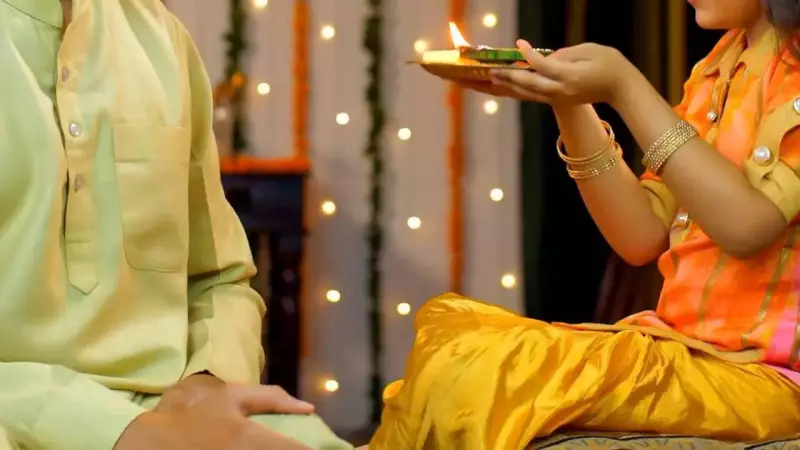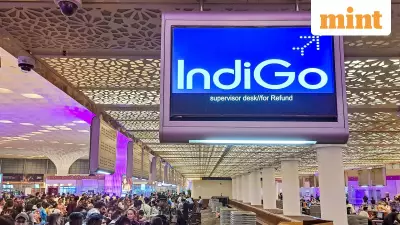
As the festive season reaches its glorious conclusion, Bhai Dooj emerges as one of India's most heartwarming celebrations, strengthening the sacred bond between brothers and sisters. This beautiful festival, often called the "twin" of Raksha Bandhan, carries profound cultural significance across the subcontinent.
The Essence of Bhai Dooj
Falling on the second lunar day of Shukla Paksha in the Kartik month, Bhai Dooj represents the culmination of Diwali celebrations. Unlike its better-known counterpart Raksha Bandhan, this festival specifically celebrates the brother-sister relationship through unique rituals and traditions that vary remarkably across different Indian states.
A Tapestry of Regional Celebrations
Northern India's Traditional Observance
In the northern states, sisters perform aarti for their brothers, applying a protective tilak on their foreheads. The ceremony is followed by exchanging sweets and gifts, symbolizing the sister's prayers for her brother's long life and the brother's vow to protect his sister.
West Bengal's Bhai Phonta
Bengal transforms Bhai Dooj into Bhai Phonta, a celebration marked by elaborate rituals. Sisters fast until completing the tilak ceremony, using a special paste of kajal, ghee, and sandalwood. The atmosphere fills with devotion as sisters whisper protective mantras while performing the rituals.
Maharashtra's Goa Puja
Maharashtrian communities celebrate this day as Bhau Beej, where sisters invite brothers for a special meal. The ceremony involves sisters waving plates containing lit lamps around their brothers' faces, believed to ward off evil spirits and ensure prosperity.
Southern Variations
In southern states, the festival takes different names and forms while maintaining the core essence of sibling love. The rituals often incorporate local cultural elements, creating a unique blend of tradition and regional identity.
Why Bhai Dooj Matters in Modern Times
Beyond the rituals and celebrations, Bhai Dooj serves as a powerful reminder of family bonds in today's fast-paced world. It provides:
- Cultural Continuity: Preserving ancient traditions for future generations
- Family Reunions: Bringing scattered family members together
- Emotional Connection: Strengthening sibling relationships across distances
- Cultural Education: Teaching younger generations about their heritage
The Mythology Behind the Festival
Several legends surround Bhai Dooj's origins, with the most popular being the story of Lord Krishna and his sister Subhadra. After defeating the demon Narakasura, Krishna visited his sister, who welcomed him with flowers, sweets, and the ceremonial tilak. This divine sibling bond established the tradition we celebrate today.
Contemporary Celebrations
In today's digital age, Bhai Dooj has adapted while maintaining its traditional core. Virtual celebrations connect siblings across continents, while modern gifts complement traditional sweets. Yet the essence remains unchanged – celebrating the irreplaceable bond between brothers and sisters.
As Bhai Dooj 2025 approaches, families across India and the diaspora prepare to honour this beautiful tradition, proving that some bonds only grow stronger with time and distance.





